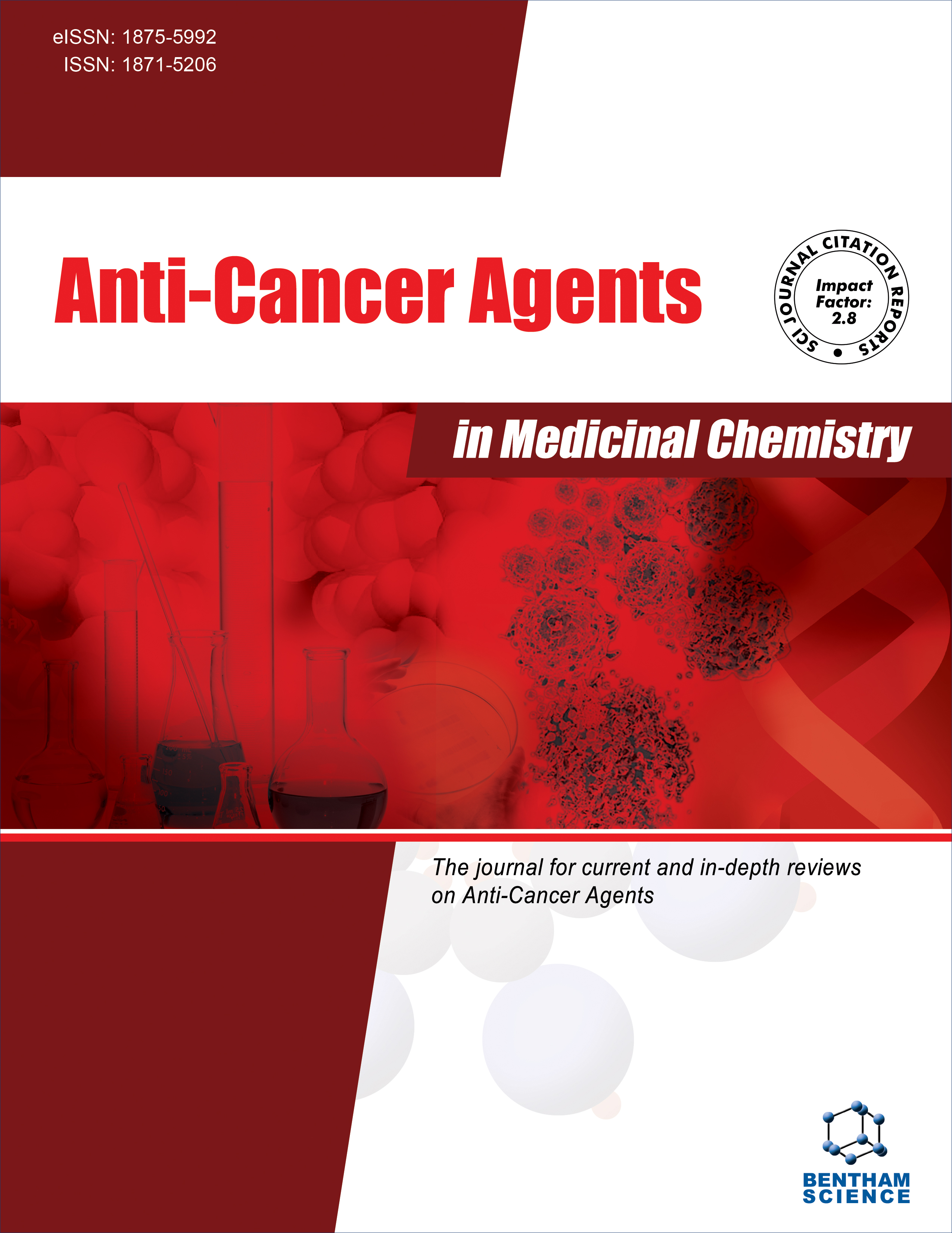
Full text loading...
In women globally, breast cancer ranks as the second most frequent cause of cancer-related deaths, making up about 25% of female cancer cases, which is pretty standard in affluent countries. Breast cancer is divided into subtypes based on aggressive, genetic and stage. The precise cause of the problem is still unknown. However, the following significant risk factors have been found: sex, age, heredity, not having children, breastfeeding, elevated hormone levels, and personal lifestyle. The presence or lack of three nuclear receptors ER, PR, and HER2/ERBB2 (triple negative) and the amplification of the HER2/ErbB2 gene are the clinical criteria used to classify breast cancer. Chemotherapy is still the cornerstone of treatment for triple-negative breast cancer (TNBC), even. If, for the first two groups of patients, receptor-specific therapy is used. The most often prescribed chemotherapy agents for the treatment of breast cancer include doxorubicin (DOX), curcumin paclitaxel (PTX), docetaxel (DCX), thioridazine (THZ), disulfiram (DSF), and camptothecin (CPT). Monoclonal antibodies (mAbs) were used in antibody-drug conjugates (ADCs) to bind tumor-associated target antigens selectively and deliver very effective cytotoxic agents. According to recent research, synthetic derivatives effectively combat both MCF-7 and breast cancer cell lines that are resistant to many drugs. This review provides a wealth of information on the mechanism of action of synthetic derivatives on multidrug-resistant cell lines. This review includes information about how synthetic derivatives affect cancer cells that have developed multidrug resistance during chemotherapy. These mechanisms have been linked to factors such as increased drug efflux, genetic factors, growth factors, increased DNA repair capacity, and elevated xenobiotic metabolism. Because of this, more research is necessary to learn more about the effectiveness of synthetic derivatives against breast cancer and cell lines that are resistant to several drugs. This review aims to find recent prospects of various types of cellular signaling pathways (JAK/STAT, Akt, MAPK, etc.) involved in the progression of breast cancer disorder, and we also study different synthetic and natural drugs that are applied for treating breast cancer.

Article metrics loading...

Full text loading...
References


Data & Media loading...

